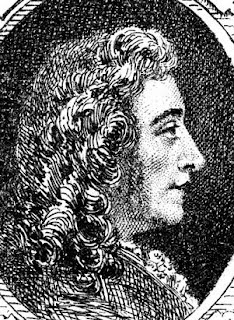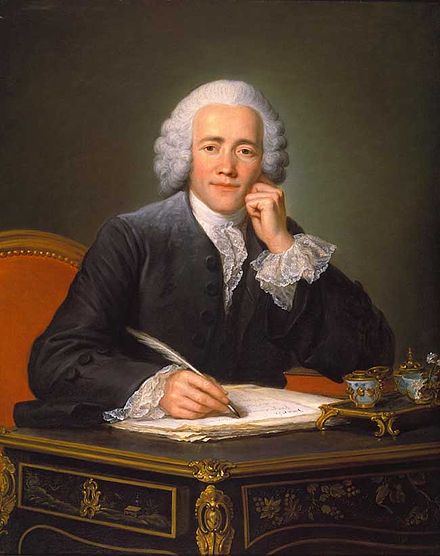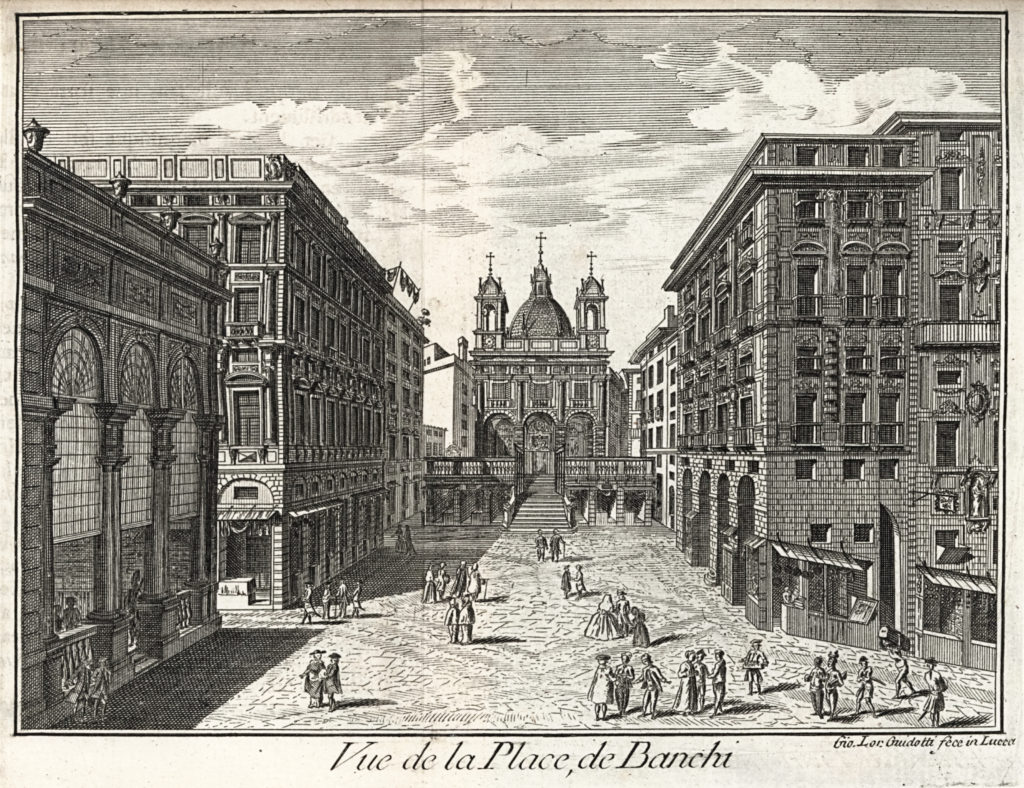Table of Contents
Introduction
In this article I would like to talk to you in the most practical and concise way possible about the assassination of Alessandro Stradella, a famous Roman composer of the seventeenth century. I will try in the course of this page to avoid those notions that you could find anywhere online and offline, and I will go straight to the point of the salient events. Let’s start by saying that Alessandro Stradella did not attend any school, we have news of him that he was born in 1643: from that moment, a continuous restlessness forced him to travel a lot and never stop in a city for more than some time. Arrived in Genoa in 1678, he enjoyed the protection of important families because of some oratorios, sacred and profane cantatas, and pages of instrumental music. He was considered a brilliant musician, but not exactly exemplary.

The “Teatro Del Falcone” In Genoa
The Genoese public theater was called Teatro del Falcone: we have already seen, in another article that I leave you here, how public theaters were flourishing in this period and were an absolutely new reality. It was a real privilege to be able to work for one of the very first public theatrical bodies: Stradella staged various operas there, but he did not fail to carry out, in the same period, some secondary activities. It was customary for musicians not only to carry out musical activity, but to accompany this activity to works that would allow them an economic livelihood: following the use, Alessandro Stradella worked in an atelier for hairdressers where he styled wigs, gambled and was in the company of people certainly not recommended.

The Assassination
In the atelier where he worked he began to weave very dangerous love affairs, as had already happened in the cities he had previously frequented: one of these plots seems to have cost him his life: the one with his supposed lover Maria Caterina Lomellino, who was the wife of none other than the manager of the Genoese theater and to whom Stradella gave composition lessons. Needless to say, perfectly in line with a use that seems brutal to us, an ambush was organized against Stradella by the lomellino brothers who, in fear that the scandal of the relationship with the young Maria Caterina would become public, stabbed and killed him on the night of February 25, 1682 in Piazza Banchi.

The Works
From listening to the following I can easily understand how the music of the Roman composer was perfectly in line with the Baroque taste: we still talk about him today not only because of the sad story of his assassination, but also because of his production that flourished in a happy period for opera in music, that within which the very first public theaters were beginning to function and there was a great demand for compositions and therefore composers by the impresarios.
In particular, Stradella distinguished himself for the production of cantatas, in which we note great mastery of the lyrical aspect of the composition, always elegant and expressive. Below, the cantata Shadows, you who hide. Among his most famous compositions, between these lines we find the pain of a lover who has lost his love. Articulated in episodes, well marked by the poetic structure, we see an alternation of recitative and lyrical parts articulated according to the theory of affections. What for us in historical perspective may seem trivial, in the seventeenth century were original innovations in the rhetorical use of affections. In this regard, let’s listen to the last sentence io mi moro, which has an unusual impulse that sees its culmination on the word moro, which, however, immediately, before finishing, returns to itself and falls towards the grave following the jump of fourth.
An In-Depth Analysis
You can deepen the relationship between artist and client in the context of the seventeenth century Baroque, I recommend the text by Francis Haskell that you find below. If you buy it through the banner below, a small part of the amount will go to support this blog.
Conclusions
For this article on Alessandro Stradella is everything, we will have the opportunity to talk in more depth about this composer and his works analyzing them in detail in the following articles of this blog. Don’t forget to stay in touch, following our daily article every day. Take a look at the category on Musical Analysis, see you in tomorrow’s article!
- History Of The Piano – The Fortepiano - July 12, 2022
- Curt Sachs – History Of Organology At a Glance - July 8, 2022
- Giuseppe Verdi – Rigoletto, Il Trovatore, La Traviata - June 29, 2022
